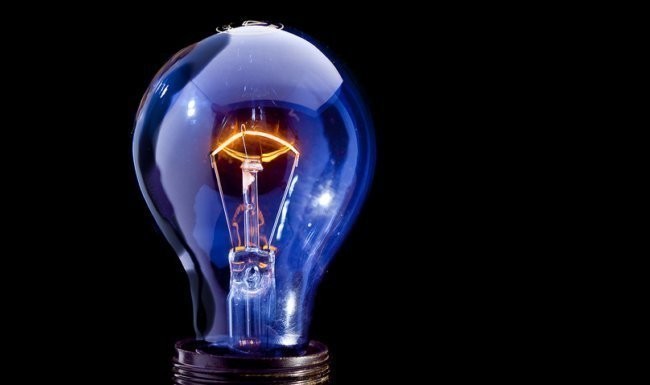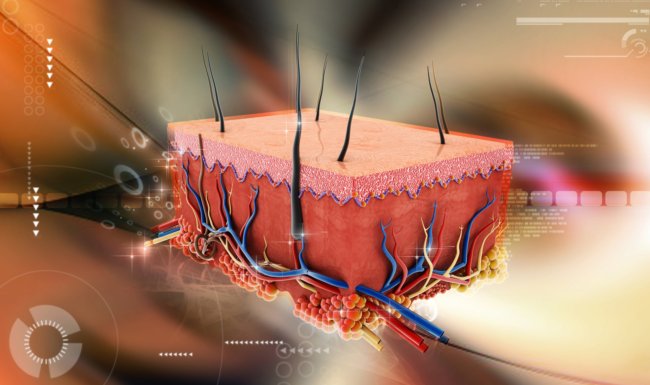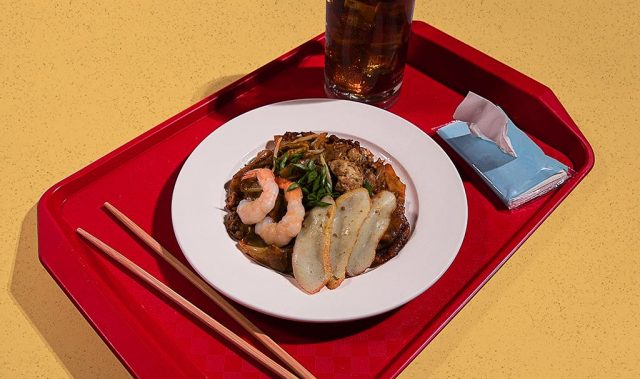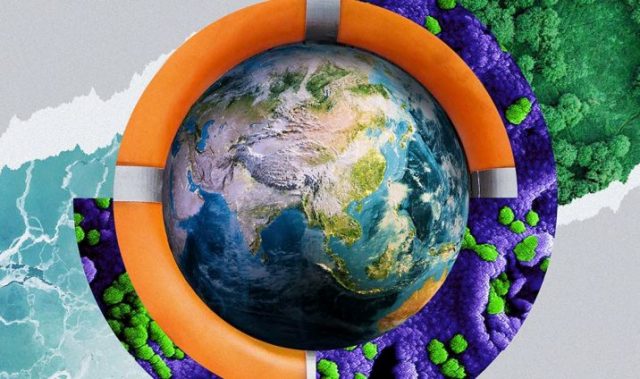
AsianScientist (Jul. 28, 2020) – A team of scientists from the Agency for Science, Technology and Research’s (A*STAR) Genome Institute of Singapore (GIS) and the National University of Singapore (NUS) Yong Loo Lin School of Medicine has discovered a small set of gut bacteria strongly linked to gut microbiome recovery after antibiotic treatment. The study, published in Nature Ecology and Evolution, could lead to new strategies for mitigating the side-effects of antibiotic treatment and its associated long-term health consequences.
Antibiotics are one of the most commonly used drugs in healthcare, with billions of doses consumed around the world every year. Several studies have shown that repeated consumption of antibiotics in different stages of life disrupts the normal microbiome in our bodies and increases the risk for diseases such as diabetes, obesity and atopic dermatitis. Despite the high consumption of antibiotics worldwide, the side effects of its usage have been understudied.
In this study, the team analyzed hundreds of gut microbiome profiles of patients from three different countries. They investigated why healthy bacterial communities in the gut recover better in some individuals after antibiotic treatment, but remain disrupted for others.
“The impact of antibiotics on the gut microbiome is similar to how a forest fire wreaks havoc on its flora and fauna. The recovery of a forest’s ecosystem is dependent on its food-web relationships and the presence of certain key species. The same is also true for the gut microbial ecosystem,” said Niranjan Nagarajan, associate director at GIS.
“Our study reports the first attempt to reconstruct a gut bacterial ‘food-web’ from microbiome data, and has identified a small set of bacteria critical to its recovery post antibiotic treatment. This discovery challenges a dogma in the field that recovery of the gut microbiome is primarily due to antibiotic resistance and repopulation. It presents a different perspective to existing studies, and provides a new paradigm for studying microbiome recovery,” added Nagarajan.
Bacteria that promote recovery of the gut microbiome are enriched with enzymes which degrade a wide range of host and diet-derived carbohydrates. They serve as the primary producers (akin to plants in macro-ecology) of the gut ecosystem to harvest energy for other bacteria. Their presence rapidly re-establishes the gut microbial food-web after antibiotic treatment, and boosts the recovery of a diverse, healthy microbial community.
“The synergy between different types of gut bacteria that promote recovery is an exciting direction of research. It needs to be further explored to protect our bodies from the side-effects of antibiotic usage,” said Patrick Tan, executive director of GIS. “The team is working on follow-up projects that aim to further characterise the mechanisms and synergies involved in gut microbiome recovery. In time, we hope to promote this recovery through consumption of appropriate pre- and probiotics.”
The article can be found at: Chng et al. (2020) Metagenome-wide Association Analysis Identifies Microbial Determinants of Post-antibiotic Ecological Recovery in the Gut.
———
Source: A*STAR; Photo: Christina Victoria Craft/Unsplash.
Disclaimer: This article does not necessarily reflect the views of AsianScientist or its staff.












